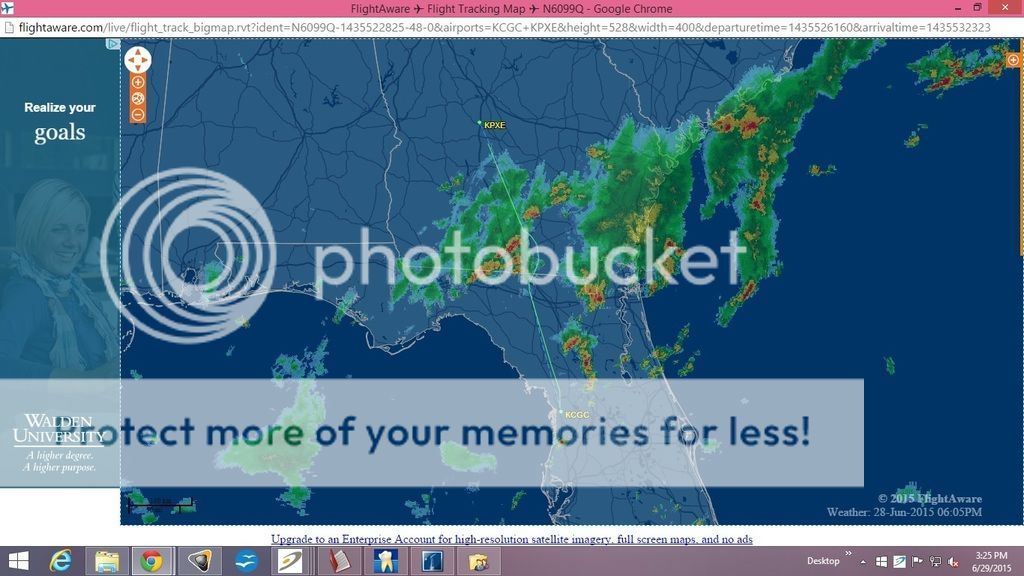If I'm interpreting that correctly that's what flying blind among embedded storms is; IMC in the green paint with scattered convective activity. Nexrad can bite in that circumstance.
The only way I'm willing deal with that in my plane at this time is to either get below the layer or preferably, above the layer and to stay in VMC.
Nexrad is incredibly effective despite the time lag if one stays visual and uses it to calibrate and extend the pilot's vision Seeing around corners is magical.
An IFR clearance relieves you of cloud clearance requirements and enables penetrations when prudent. Excess power for climb is real useful as well.
I've done just enough flying west of the Mississippi to know that what works for me east is just background for western storm systems. Most of my western experience is sans engine and it gave me nothing but respect for how much more energy is involved.
We all have our personal limits. Not entering IMC is not always an option, and it can be done with a fairly reasonable level of safety quite often. In this particular situation, being in IMC, was a fact of life for several hundred miles in any direction. Simply did not have the performance to get on top. But, there were not thunderstorms in probably 99.9% of the cloud cover that day.
I have no problem with entering IMC if there are thunderstorms provided the thunderstorms themselves are at least a significant distance from me and I'm actively monitoring the situation and feel I understand the particular system that day. When it makes sense, I try to place myself in the direction a thunderstorm isn't going instead of in front of it which certainly helps make up for nexrad delays.
When the system and my aircraft performance allow I most certainly prefer to be on top provided I don't think I'm going to ice up getting there and also provided I can get that high. Skew-t and asking ATC for PIREPS from other aircraft are useful for making these decisions.
To be honest I think the whole nexrad is incredibly delayed thing is a little blown out of proportion. Yes, it can happen, yes I've seen that happen, but the vast majority of the time I see it indicate something close to reality..and yes I have certainly flown aircraft equipped with onboard radar.
Afterall, an airplane with radar, is just one failure away from being an airplane without radar that is up **** creek buried in a mess of a system. Because of this even if I do have onboard radar I don't tango closer to storms than I would without it.
I deal with flying and massive thunderstorms on a very regular basis during the summer and haven't had any experience I would describe as life threatening. The best strategy for each day, storm, and particular airplane you're operating varies.
There is no precise answer. Thinking one strategy is what needs to be done every time is like thinking that you can win every game of chess by playing the same moves each time.
This particular microburst situation obviously wasn't ideal but in reality, it wasn't something I look at and think I was at risk of a fatal accident by any means or even barely close to such a thing. If you would have been an uneducated passenger in the airplane you wouldn't have even known anything exciting occurred.




